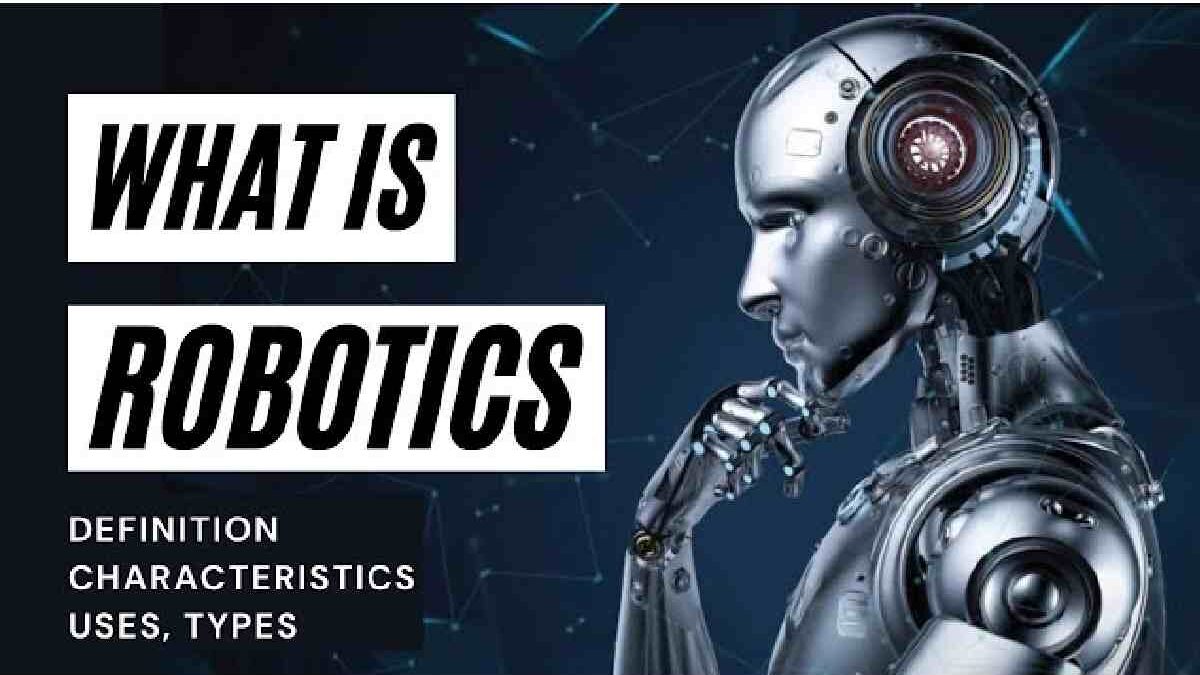What is Robotics? – Robotics is an engineering and computer science division that develops, designs, manufactures, and functions robots. The objective of the robotics field is to create intelligent machines that can support humans in various ways.
Robotics can take on several forms. A robot might resemble a human or be a robotic request, such as robotic process automation, which simulates how humans are involved with software to perform repetitive, rules-based tasks.
While robotic and exploring robots’ potential uses and functionality have grown substantially in the 21st century, the idea is not new.
Table of Contents
The Early History of Robotics
In the 1940s, the Oxford English Dictionary attributed science fiction author Isaac Asimov to being the first to use the term. In Asimov’s story, he optional three principles to guide the conduct of autonomous robots and intelligent machines:
- Robots must never harm humans.
- Robots must follow instructions from human beings without violating rule no.1.
- Robots must protect themselves, deprived of not violating the other rules.
His three laws of robotics have continued to the present day. However, it was not until a couple of decades far ahead, in 1961, that the first programmable robot- Uniate, derived from universal automation- remains created and founded on designs from the ’50s to move scalding metal parts from a die-cast machine. The Stanford Study Institute’s robot, Shakey, followed suit in 1966 as the first portable robot, appreciating software and hardware that allowed it to sense and grasp the environment, though in a limited capacity.
What Are Robots?
Robotics is the use of machines that can be programmed to perform tasks. It is also boosting efficiency and safety in industries like manufacturing and healthcare.
Robotics is an interdisciplinary segment of science and engineering dedicated to designing, constructing, and using mechanical robots. Our guide will give us a concrete grasp of robotics, including different kinds of robots and how they remain applied across industries.
Types and Definitions
Industrial Robots
The IFR’s use of the word “industrial robot” is based on the description of the ISO: an “automatically controlled, reprogrammable flexible manipulator programmable in three or more axes.”
Robotics Research
The IFR fosters links among the robotics industry and institutes. Our members exchange intensively on new technologies and emerging robots at the Global Symposium on Robotics ISR.
Service Robots
The International Organization for Standardization describes a “service robot” as a “robot in personal use or professional use that completes useful tasks for humans or equipment.”
Case Studies
Case Studies of Industrial and Service Robots. Robots in action can remain found everywhere. Robot Manufacturers give samples of robot applications in different industries.
Robots and Sustainability
Which of the UN’s 17 Sustainability Development Goals can be met with the support of robots?
Position Papers
Information and IFR opinion on topical issues regarding robots and automation

